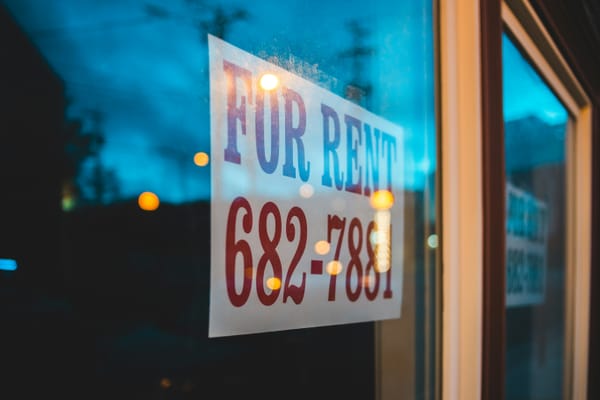CRE Under Pressure: Office Market Reset & Distress Incubators

Min 1
Interest rates creep in quietly — and they’re being felt painfully in commercial real estate, especially office. The sector is under severe strain as maturing debt collides with rent stress and soft leasing.
Rough estimates suggest up to 30% of office buildings are bearing 90% of vacancy pain — essentially, a concentrated distress across the weakest assets.
Banks and traditional lenders are pulling back; private credit and special-situations capital are stepping in.
Min 2
Underwriting models from just 2–3 years ago assumed low cost of capital and stable occupancy. Now, you need steeper rent growth to carry debt, more aggressive stress tests, and more reliance on capital restructuring.
The spread between pro forma cash flow and debt service is thinning. Deals that once passed by a 2% margin now flutter with no cushion. Some owners are already handing back keys or entering defaults as lease-up falls short.
Min 3
If the Fed cuts rates in 2025, some financing relief could flow into CRE. Analysts expect certain CRE sectors (especially multifamily) to be early beneficiaries.
However, not all sectors will rebound equally. Office is likely to lag, since structural demand for space has changed. The challenge: distressed office buyers may bet on repositioning, adaptive reuse, or hybrid mixed-use conversions — but execution risk is high.
Min 4
This is a classic “cream rises” environment: Class A, trophy, well-located assets with strong tenancy may still command capital flow. But Class B/C, secondary, or dated buildings become discount plays — or potential liabilities.
Underwriting spreads, exit cap rates, loan terms, and hold assumptions all must be adjusted upward. Liquidity is thinner, so deals need more capital flexibility (e.g. delay draws, equity cushions, mezzanine protection).
Min 5
Investors who lean into this environment should:
- Scout “distress-light” opportunities — assets with some strength but underpriced
- Structure downside protection (floor rents, escalations, renewal options)
- Use flexible capital (bridge, JV, preferred) to acquire opportunistically
- Consider repositioning or mixed-use conversions where use demand may rebound (labs, life sciences, residential, etc.)Ultimately, your edge will be patience, underwriting discipline, and optionality.
Final Takeaway
Commercial real estate, especially office, is being stress-tested in real time. The cracks are showing in weaker buildings — but capital is chasing the few safe bets. The path forward is steep: underwrite conservatively, anticipate bifurcation, and pick your plays carefully.



